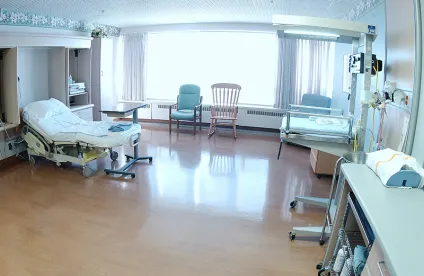This week at an Open Door Forum, CMS finally disclosed a long-rumored plan to overstate hospice cap liability for hospices, and thereby grab more overpayments, by adding sequestered revenue to hospice revenue. For hospices, if not challenged, this will mean that revenue will be artificially inflated by approximately 1% for 2013 (and 2% for 2014 and future years) by money never paid to the hospice (i.e., money withheld through sequestration).
In the sad history of CMS accounting games, this marks a new low.
As everyone knows in April 2013, in the middle of the 2013 cap year, CMS implemented the 2% Medicare sequester by which every provider payment (including hospice payments) was reduced by 2% as part of a Federal government-wide effort to cut the budget deficit. Because there were just over six months left in the 2013 cap year, this meant that hospices lost about 1% of total expected revenue in 2013. Again, this is money that was never paid to hospices.
As discussed in our prior post, the PS&R summary report identifies gross reimbursement then correctly and logically nets out of that number all sequestration, to arrive at net reimbursement. Net reimbursement was used by MACs earlier this year to calculate hospice revenue for 2013 cap purposes.
In September 2014, CMS ordered MACs, pending further instructions, both to stop issuing 2013 cap demands and to withdraw certain 2013 demands that had already been issued. MACs advised affected hospices by phone (not letter), apparently not wishing to make a written record as to what was coming.
The MACs’ initial approach was logical and in keeping with the statutory mandate under 42 U.S.C. § 1395f(i)(2)(A) that establishes the hospice cap by placing limits on the “amount of payment made” to a hospice in a given cap accounting year. Similarly, the implementing regulation, 42 C.F.R. § 418.308(a), limits “total Medicare payment to a hospice” in a given year.
Given the statutory and regulatory definition of revenue, it is impossible to defend CMS’ apparent decision to include in such revenue money never paid to hospices, specifically sequestered funds.
Although CMS could seek a prospective statutory amendment to include sequestered dollars, apparently it does not plan to do so. Such a modification would likely have to be prospective only.
Instead, CMS seems to intend to ignore the plain statutory mandate to count as cap revenue only money actually paid to hospices.
CMS has a history of ignoring statutory instructions on cap calculation. See Los Angeles Haven Hospice, Inc. v. Sebelius, 09-56391 (9th Cir. 2011) (finding prior hospice cap regulation “facially invalid” as contrary to authorizing statute); and Lion Health Services, Inc. v. Sebelius, 10-1414 (5th Cir. 2011) (same). CMS still seems not to understand or respect the binding nature of Federal law.
Although the NHPCO has stated that it plans to discuss the sequestration issue with CMS, the NHPCO has historically failed to defend hospices that face potential cap liability. Instead, the NHPCO has found cap hospice to be convenient scapegoats for natural growth in hospice utilization over the last decade. We hope that the NHPCO will work hard to persuade CMS to abandon this unlawful plan.
For hospices, we estimate that this CMS sequestration scheme will allow Medicare to increase hospice cap overpayment demands by 10-15% overall (far more than the apparent 1-2% of revenue at issue). So if total hospice cap overpayments system-wide are $200 million, then CMS may grab an additional $20‑30 million in dribs and drabs. Consider:
For a hospice already in cap liability before adding phantom sequestration revenue, every dollar of sequestered revenue attributed to the hospice will increase cap liability by the same dollar. So if for example a hospice has $1.5 million in revenue and $100,000 in cap liability when excluding sequestration, such hospice faces allocation of an additional $15,000 in phantom sequestered revenue which in turn will increase its cap liability by the same $15,000 to $115,000 (new revenue, no new allowances).
For a hospice just level with cap, for instance $2 million in real revenue and $2 million in allowances, such hospice will now face cap liability of $20,000 (i.e., 1% of $2 million).
Due to the relatively small sums involved on an individual provider level, CMS apparently believes that hospices will accept or not notice or not be able to challenge this money grab. Fortunately, however, there are group appeal processes available to hospices willing to work together. Assuming that CMS goes forward with this unlawful process, Sheppard Mullin will once again promptly propose modest group appeal terms to help hospices challenge this plan.
If CMS does not change course, hospices will need to be vigilant. Appeals must be filed within 180 days of receipt of any demand (and arguably even within such same time for self-reporting of 2014 demands in a few months). Appeals may also be filed as to any restated 2013 demand.
Meanwhile, we also recommend that hospices run and preserve current PS&R summary reports to be sure that they capture gross and net reimbursement as well as sequestered dollars for both FY 2013 and FY 2014 (in case CMS changes PS&R reporting to mask sequestration).
Hospices will have to work together to bring a successful challenge.



 />i
/>i

